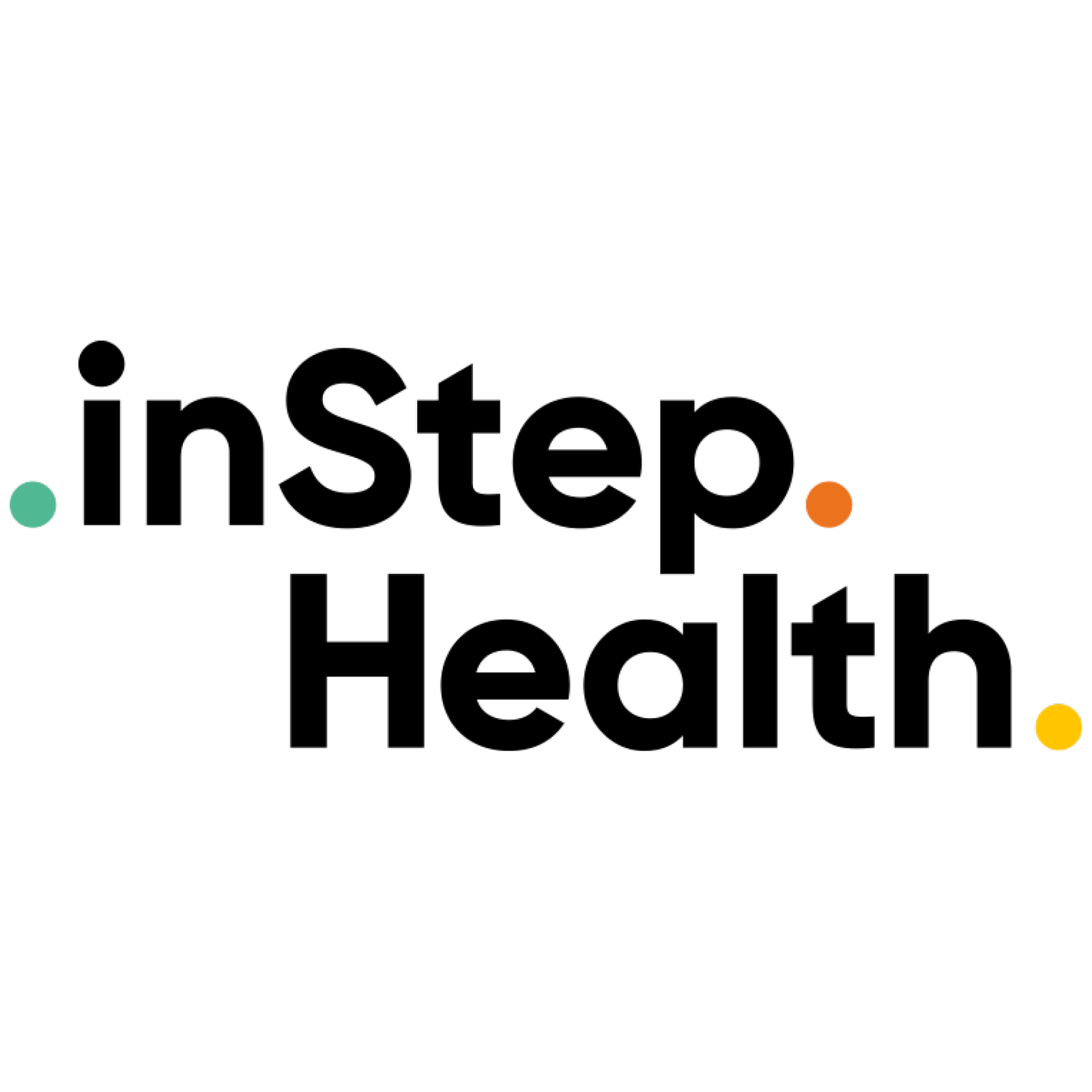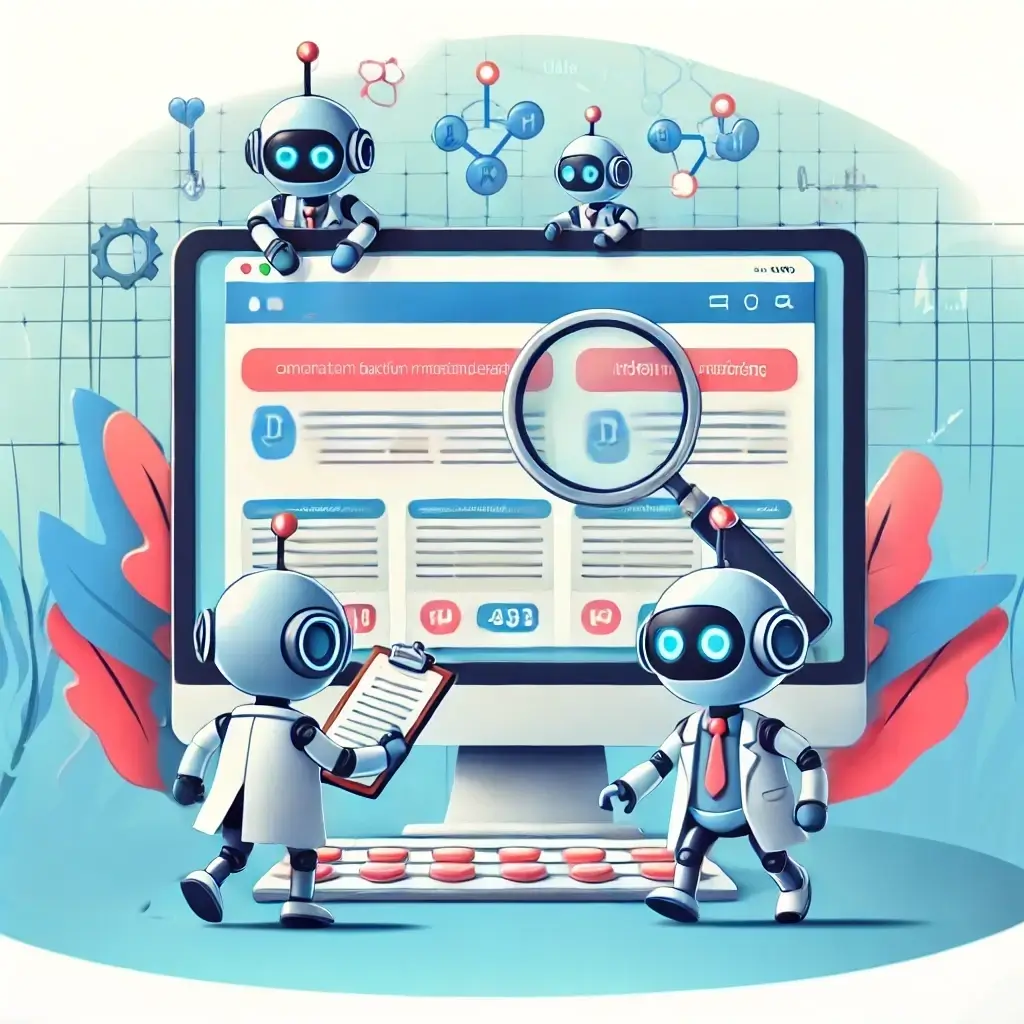The Shifting Landscape of International Pharma Media Agencies
Exploring the strategic expansion of international media agencies and the evolving dynamics between global giants and local stalwarts

Overview of the Shifting Pharma Media Landscape
Over the past five years, there has been a noticeable transformation in the landscape of international (ex-US) media agencies. As the pharmaceutical and healthcare sectors continue their rapid expansion, the big players in the media agency world—primarily the six giant holding companies—have aggressively moved to expand their international footprints. This starkly contrasts to the early 2000s when independents roamed more freely in this space, tackling complex, niche markets that the larger conglomerates viewed as too small or intricate to bother with.
Back then, the landscape was simpler, dominated by print, display, and email. But as the industry’s global interconnectedness and media complexity have grown—alongside increasing media budgets—the allure for these holding companies has become too potent to ignore.
Why the Sudden Sprint for International Media Control?
A clear recognition of untapped potential and strategic imperatives drives this recent strategic push into international media markets by global holding companies:
- Chasing Untapped Goldmines: For holding companies, growth is paramount, and international media spend has emerged as a largely untapped resource. While historically focused on creative and communication budgets, they had overlooked direct media spend—one of the most significant segments of the pharma marketing budget. Realizing this, these companies are now pursuing these opportunities to fulfill their growth ambitions and expand their global presence.
- Protecting Against Cross-Sells: A crucial aspect of this strategy is safeguarding existing marketing services, such as creative and communications, where holding companies have traditionally dominated agency/client interactions. By enhancing their international media capabilities, these conglomerates deepen existing client relationships and put up barriers that prevent competitors from encroaching on their established connections.
- Securing US Media Budgets: The most compelling motivation is protecting and acquiring lucrative US pharma media budgets. Clients increasingly seek partners who can offer seamless service across multiple geographies. For instance, securing a £30 million international media spend is not just about managing that account—its additional strategic value lies in its potential to safeguard or capture a £300 million US media spend. Consequently, holding companies are inclined to over-service the international component to secure larger US contracts.
Strategic Vision and Operational Excellence
From the client’s perspective, partnering with global holding companies is not just about a marquee name but about building a vision that leverages several strategic gains, translating into real-world effectiveness and efficiency.
Here’s a deeper look at how these advantages benefit pharmaceutical companies:
- Better Agency Rates:
- By consolidating global media budgets under a single contract, pharma companies leverage scale to negotiate more favorable agency terms. This approach reduces overhead and increases the proportion of marketing spend for working media. It naturally allows smaller spending markets to benefit from these sharp agency rates.
- Single Source of Truth:
- Pharmaceutical companies often face the challenge of tracking dispersed international media spending across various direct deals and agencies. A unified holding company model centralizes all media spending and data, providing a comprehensive overview of expenditures and performance. This consolidation is crucial for strategic planning and decision-making, allowing companies to quickly assess the effectiveness of their media investments and adjust strategies as needed.
- Global Metrics Alignment:
- Aligning metrics globally might seem mundane, but it is essential for consistently measuring marketing strategies’ effectiveness across different markets. This alignment ensures that all regions adhere to the same standards, making it easier to compare performance, identify best practices, and implement successful strategies on a global scale. It also facilitates smarter budget allocation, ensuring funds are directed towards the most effective channels and campaigns.
- Advanced Digital & Data Capabilities:
- Leveraging large holding companies’ advanced digital and data capabilities provides pharmaceutical companies with access to cutting-edge technology and deep analytical expertise. These entities often employ some of the brightest minds in the industry who bring a wealth of knowledge and innovative solutions. This access allows pharma companies to harness powerful data analytics, artificial intelligence, and machine learning tools to drive more precise and effective media strategies.
- Leveraging Scale for Better Media Pricing:
- Large holding companies’ media pricing negotiating clout allows them to secure unmatched rates from major global platforms and specialized HCP-targeted media outlets. This ability to negotiate lower prices for ad placements globally and benefit from them locally can reduce the overall marketing spend across all international markets.
- Upskilling the Pharma Media Landscape:
- The international pharmaceutical industry needs to better understand media dynamics to inform better marketing decisions. (This is a key part of solli’s mission, in fact.) Holding companies can provide comprehensive training and knowledge-sharing initiatives that help client teams understand media planning, buying strategies, and performance analytics. This upskilling is crucial for developing more effective media strategies and empowering teams to make informed decisions.
- Streamlining Suppliers:
- Managing an extensive list of suppliers can lead to inefficiencies, increased costs & elevated risks for pharma companies. By streamlining suppliers and consolidating media buys through a single holding company, pharmaceutical companies can reduce administrative overhead, negotiate better terms, and simplify compliance and oversight. This streamlined approach cuts costs and enhances the manageability and efficiency of media procurement processes.
Navigating Potential Pitfalls
While integrating global holding companies into pharma media strategies suggests a seamless transition towards streamlined operations and expansive capabilities, the reality often reveals a challenging landscape. The three key pitfalls found in these scenarios have been:
- Lack of Internal Pharma Buy-In: When global, regional, and local teams fail to fully endorse a transition to a global agency, initiatives can grind to a halt. Resistance often emerges when trusted local independent providers are replaced with larger, less familiar global entities, leading to resentment, friction, and broken relationships.
- Insufficient Local Agency Expertise: High-level commitments from global holding companies can fall flat if not supported by genuine, deep-seated media expertise across every market involved. Instances where local needs are misunderstood or ignored due to a lack of specific knowledge can result in campaigns that fail to resonate with target audiences, wasting time and resources.
- Failure to Secure Competitive Rates Internationally: Large holding companies might boast about securing billion-pound deals with digital behemoths like Google or Facebook. However, they can struggle to negotiate favorable terms with specialized platforms more critical to pharma clients, like Medscape or local niche publications. Such over-promises can lead to inefficient budget use and diminished campaign impact, especially when local market nuances are overlooked.
The Independent Stalwarts: Holding Their Ground
Despite the maneuvers of the global giants, independent and local agencies continue to stand firm, valued for their agility and profound local insights. In the shifting tectonic plates of global media, these stalwarts maintain a fierce grip on their turf and client relationships. They excel in areas where larger entities often stumble—deep local market knowledge, personalized service, and a deep-rooted understanding of local cultures and media landscapes mixed with the agility that comes with a more modest-sized organization.
Questions from Solli
As we observe the unfolding dynamics between these global entities and resilient independent or local partners, several pressing questions emerge:
- Acquisitions or Partnerships?: Will the future see a wave of small acquisitions as global giants attempt to assimilate these independents, or will strategic partnerships become the norm, preserving the unique strengths of local agencies?
- Navigating New Relationships: How will independent agencies navigate their relationships with these global behemoths? Will they find new ways to assert their value & distinct identity and offering, or will they risk being overshadowed by the scale of these conglomerates?
- Impact on Client Choices: How will these changes affect client choices? Will the allure of a global one-stop shop outweigh the bespoke, tailored approaches offered by local experts?
In our upcoming features, Solli will delve deeper into the details of the six holding companies & their work, as well as reflect on the testimonies from local independents who continue to innovate and impress.




























